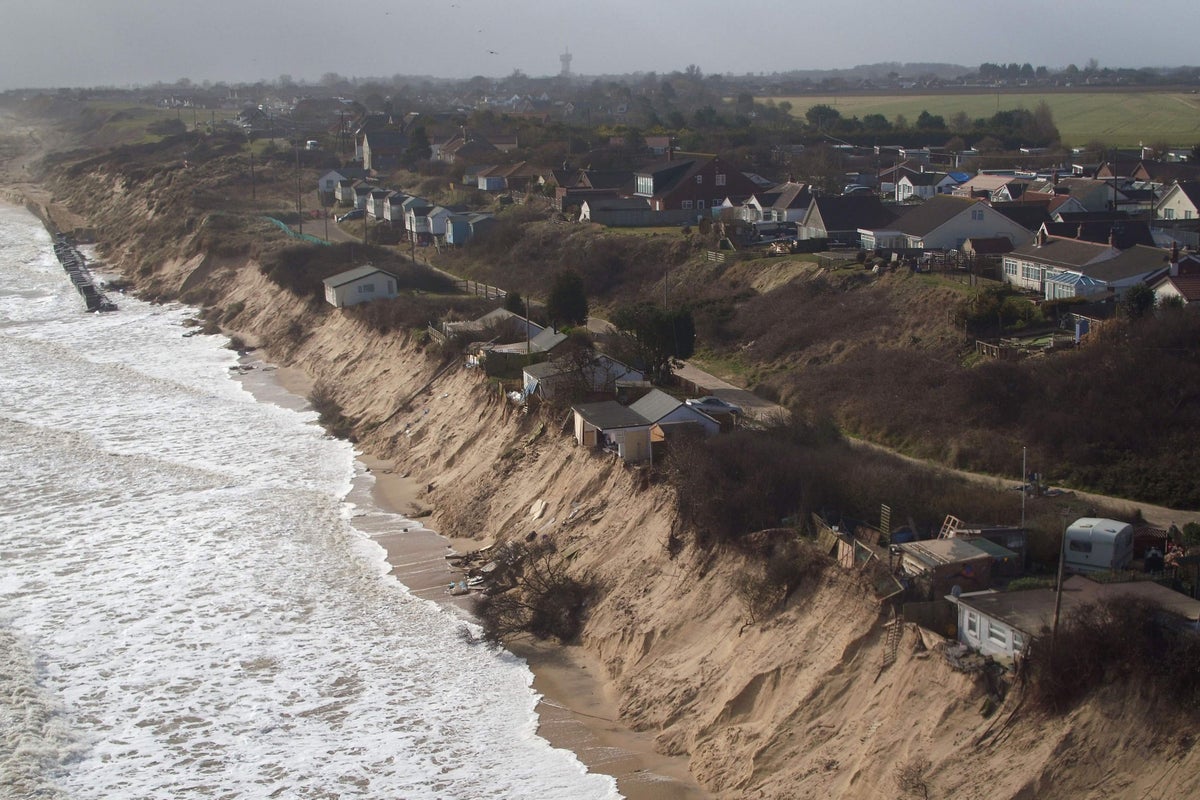
A 3.7 magnitude earthquake has hit the North Sea, just miles from the Norfolk coast.
According to France’s Military Applications Division, the tremor struck at 7.14am on Sunday, about 56 miles off the British coastline.
The British Geological Society (BGS) has confirmed it was recorded at a depth of 10km.
While this means the earthquake is classed as shallow, shallow earthquakes are felt more strongly than deeper ones.
Homes in coastal areas such as Sea Palling, Happisburgh and Mundlesley may have felt the tremor.
It comes after a smaller 2.6 magnitude tremor was felt near Chelmsford in Essex at around 5am last Thursday.
A person in South Woodham Ferrers said that their whole house shook, while another heard the radiators shaking inside their home and it was also described as “sounding like a bomb”.
One resident told the BGS that the event “was like an underground train going under our bungalow”, with others describing that it “felt like a piece of large furniture had fallen over”.
Speaking about the Essex tremor, Darren, from South Woodham Ferrers told BBC Essex: “It was just after five this morning there was a very loud bang.
“It was very strange and my son shot out of bed as well and we were both looking at one another going, “what was that?
“I thought we were getting broken into … and there were a few other neighbours out in the street just wondering their heads, giving it, so we all heard it.”
Meanwhile, on 4 February a 1.5 magnitude earthquake hit Blackpool, with residents describing “a noise like a train coming near”, reporting disturbed dogs and “cabinets shaking” during the quake, according to the BGS.
There are around 200 and 300 earthquakes across the UK, the BGS reports. The majority are not felt by people and don not cause damage. Instead, they are recorded by highly sensitive instruments.
Research suggests that the largest possible earthquake in the UK rests at around magnitude 6.5, with a magnitude 4 earthquake occurring here roughly every two years. Around 20 to 30 quakes are felt each year.







